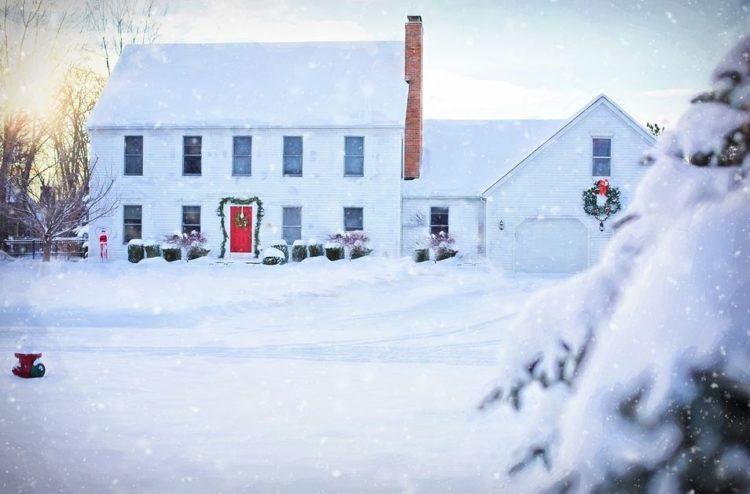
If you’re moving to a cold climate, you will have to take greater pains to ensure that your home will provide a warm and comfortable environment for the long winters. Small measures can make a significant difference in how well you weather the winter storms. Here are a few of the tried and true actions you should take to prepare your property and make it a cozy retreat when the winter winds blow.
1. Add More Insulation
Most homeowners don’t even know how much insulation is in their homes. But insulation can be essential to keeping your home interior warm while it saves you money on heating bills. A contractor can inspect your home’s insulation and recommend measures to improve its thermal efficiency.
2. Have Your Heating System Inspected
A heating system breakdown can mean major inconvenience, which can even become dangerous for both younger and older family members. A thorough inspection of your heating system can help to reduce the risk of having a system breakdown during a cold spell. A reliable heating and cooling contractor in your community can inspection the entire system, lubricate moving parts to ensure quiet operation and replace any parts that show signs of wear.
3. Keep Water Lines from Freezing
Severe cold can freeze the water in your plumbing and can even cause pipes to burst from the expanding ice. You can prevent this problem by disconnecting garden hoses outside your home and placing insulation around pipes in unheated areas, such as the attic or basement. Insulating tape can help to prevent winter freezing of your plumbing system. Many homeowners allow a small trickle of water to go through the pipes to prevent freezing during severe cold spells. These measures will prevent expensive plumbing repairs.
4. Seal Up Cracks and Crevices
Another way to make your home a pleasant retreat during the winter is to ensure that you don’t have to share your space with small creatures like ants, roaches, mice or rats that are also sheltering from the cold. These common pests are unpleasant to live with, and they can carry disease or make allergies worse. Look for cracks around doorways and windowsills that can be an entry for insects and apply caulk to fill these open areas. Walk around the outside of your home’s foundation and look for any gaps around pipes or conduit that run to the house. Use caulk or Styrofoam filler to seal off these potential entry points.
5. Trim Landscaping To Prevent Damage
The landscaping on your property can be both a positive and a negative in cold winter weather. Trees and shrubs act as a breaker against cold winter winds. However, these plants can also cause damage when they become laden with snow and ice. Give your trees and shrubs a thorough inspection. Remove any weak or broken limbs before the first snowfall.
If you take care of these issues, your property will be ready for the cold winters and heavy snows of winter. You can then relax and enjoy the warmth and coziness of your home.


Comments
Loading…